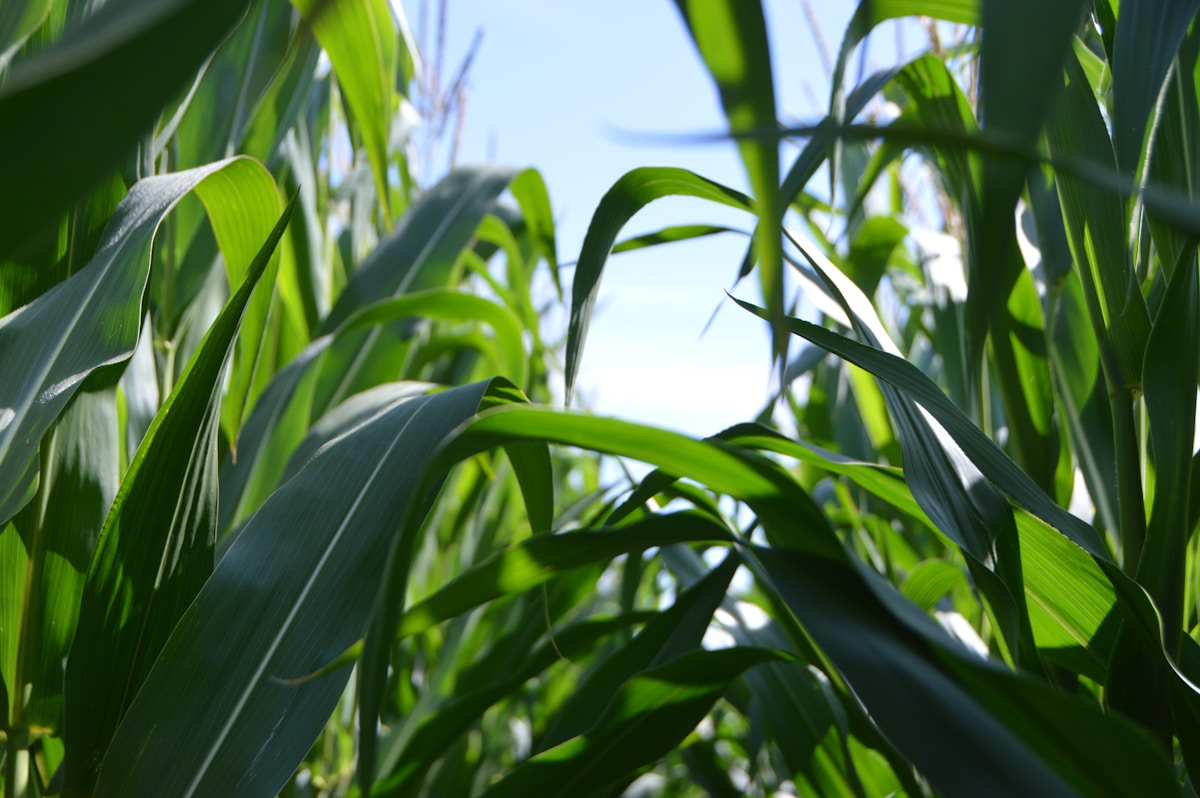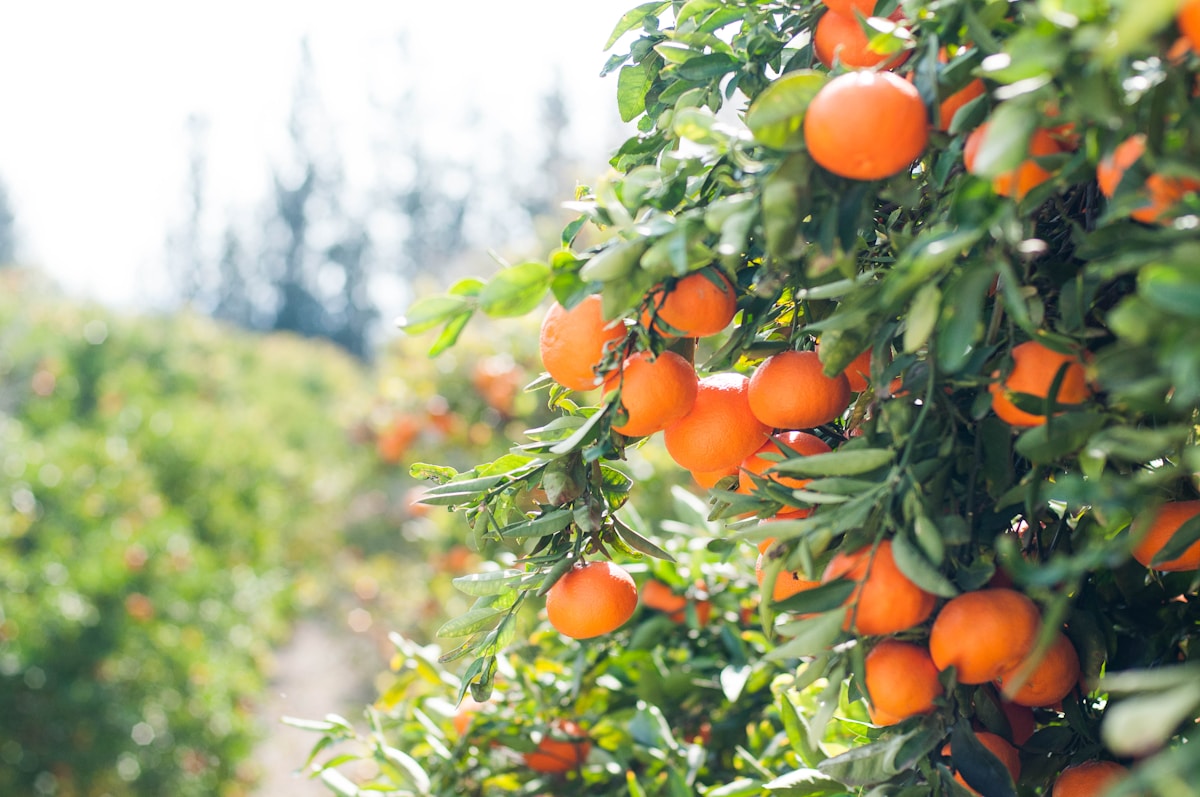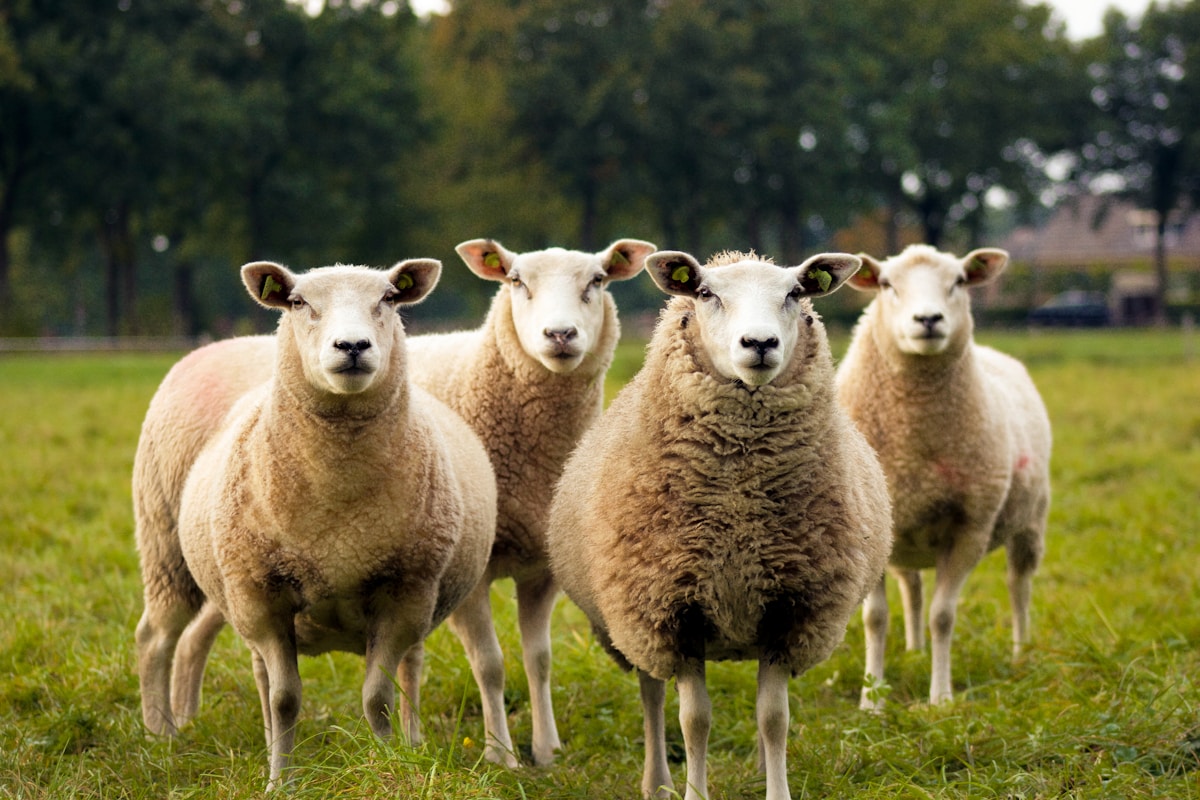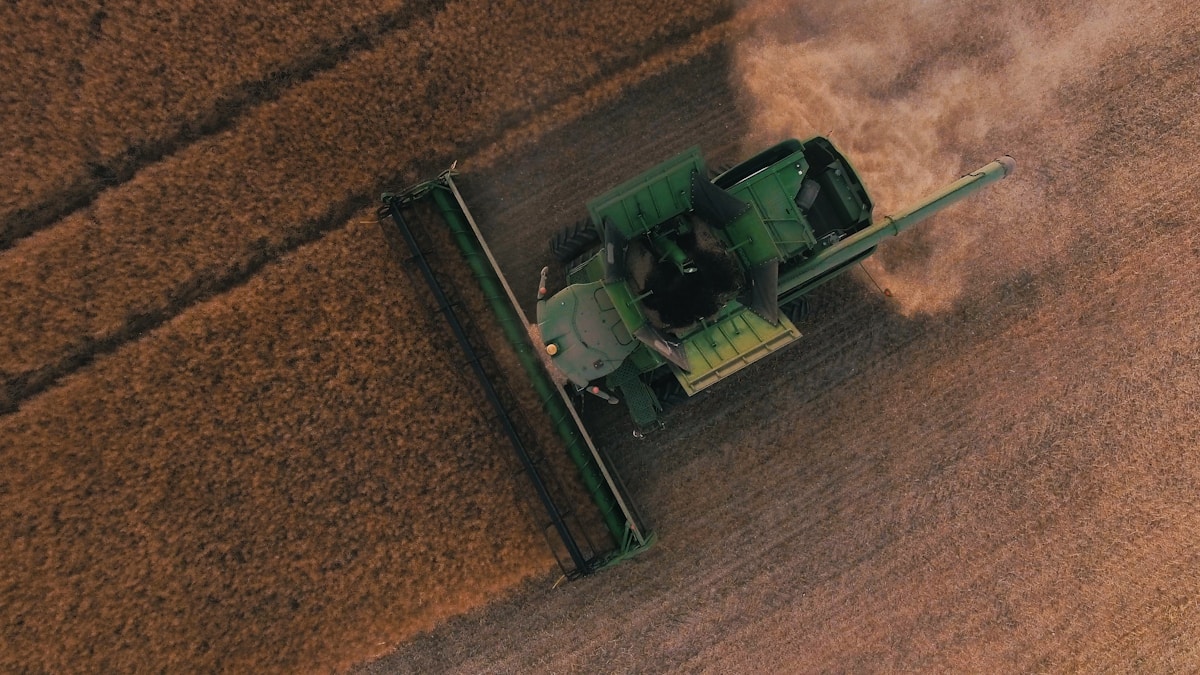Architecture of Agriculture : Data, Ethics, AI & AgTech

Someone I know recently lost 50 sheep.
They were stolen - full wool and in lamb.
Double whammy.
Only 50, not the entire mob in that paddock.
Still, a close shave (pardon the pun).
If only the sheep had GPS tracker or if Wallace & Gromit were on the case.

But I digress. Theft is a serious concern for farmers – be it stock, equipment, or these days, even data.
This got me thinking - as agricultural enterprises become increasingly data-driven, how will this shape agricultural in the future? How soon before widespread ‘farm data theft’ becomes a serious issue? We’re already seeing examples of serious and disruptive security breaches and ransomware attacks.
There are other issues to consider with the increasing adoption of AgTech (Agricultural Technology). For example, what are the ethical considerations related to the adoption of Artificial Intelligence (AI) throughout the sector?
As a Data and AI specialist, and someone who started their career in agricultural research (my doctoral research involved working with CSIRO to help develop novel chemical-free grain bulk disinfestation methods), I’m particularly interested in seeing - and hopefully helping shape - how this unfolds.
Australia aspires to increase the value of its agricultural sector by almost 45% – with aims for it to be worth $100 billion by 2030 (it was worth almost $70 billion as at 2020).
Agriculture is big business, with AgTech a booming industry. An integral component of Australia meeting this target is increased data sharing across the sector – which is fundamental to fostering innovation and growing capability and efficiency. For instance, shared data can be used for research purposes, such as helping detect trends. More directly, sharing data with service providers and consultants helps famers maximise the benefit of their data, such as developing actionable insights specific to their farm.
The increased use and sharing of data by farmers offer many benefits, but it also comes with several ethical challenges:
Accuracy, Errors & Misuse

- How accurate is the data, and thus, how suitable are subsequent recommendations and actions?
- What impacts could adverse effects resulting from errors have? Possibilities include reduced revenue, environmental degradation, or inadvertent data sharing with third parties.
Data & Intellectual Ownership
- Who owns the data and intellectual property – the farmer or the technology provider? And who can monetise the data?
- Can any of this lead to regulatory enforcement on the farmer, or the imposing of fines or restrictions? Is there any protection of the farmers data or knowledge?
Economic Issues
- What are the ethical and moral considerations of a digital divide – after all, not all farmers can afford relevant AgTech solutions?
- What about the power imbalances between farmers and technology providers, and the financial implications?
Privacy & Security
- What roles are there for technologies such as Blockchain, and potentially Privacy Enhancing Technology (PET), when it comes to data sharing - and will the data need to be deidentified, aggregated or shared at the record level in a privacy-preserving way, for instance?
- What about the potential of drones to invade privacy/steal secrets?
- Breaches of security is becoming a real threat to agricultural industries, with awareness of, and interest in, cybersecurity growing.
Environmental, Animal & Worker Welfare

- What are the implications on the environment, for instance, including threatened species, and native grasses? This could be a result of inadvertent overgrazing, for instance, due to a lack of relevant data and analysis.
- What about workers’ rights, and the implications of automation? Will the growing use of AI displace workers, end even farmers themselves?
The origin of the data itself adds further complexity, as it can be sourced from numerous places: other farms, the government, or manufacturers. This data can include: rainfall, temperature, grazing, soil moisture and temperature, irrigation, land and stock movement imagery, crop growth and pricing, and thus can come with its own ethical, privacy and regulatory constraints.
As a result, farmers are starting to see data as one of their most valuable assets, but are also realising the potential complexities and barriers hindering its use.
In response to all the concerns surrounding ownership of data, terms of data sharing, data privacy and security, and overall transparency, it is no surprise that many famers lack trust in the way their data is being collected, used and shared.
To help address some of these concerns, the National Farmers Federation is leading the way by releasing a Farm Data Code, which helps instil confidence in farmers in how their data is collected, shared and used. Though the Code is voluntary, it is a step in the right direction in helping allay farmers fears and concerns. Given how innovative and supportive of farmers Australia’s AgTech sector is, this gives them an opportunity to show their commitment to best practice when it comes to using and sharing data.
Further work is required to help navigate and resolve outstanding legal and policy issues surrounding the use of agricultural data, according to ACOLAs (Australian Council of Learned Academies) thorough The Future of Agricultural Technologies report. Suggestions include establishing a new legal framework for data sharing, consumer data rights for farmers, and industry standards to protect farmers’ ownership of data collected by AgTech companies.

By giving due consideration to these issues, farmers, governments, technologists, consumers, suppliers, and manufacturers need to work together to build transparent, inclusive, robust, fair and trusted governance, privacy and security policies to support data sharing that helps drive innovation.
In addition, greater support and education (such as Data Literacy, and how AI is used to inform decision making) is needed to assist farmers in better understanding exactly how and why data is being used to inform decision making. Development of open-source data and code needs to also be considered, such as enabling data sharing between different platforms and service providers. This would enable easier analysis of data to provide decision support for farmers.
National leadership and regulation are required - from a data perspective - to help realise the $100 billion aspiration of the Australian government and agriculture industry. Success depends on collaboration, and ultimately, a farmer-centred approach. They are, after all, instrumental in supporting innovation so Australia can ride on the sheep’s agriculture’s back.

Written by Dr. Alex Antic
